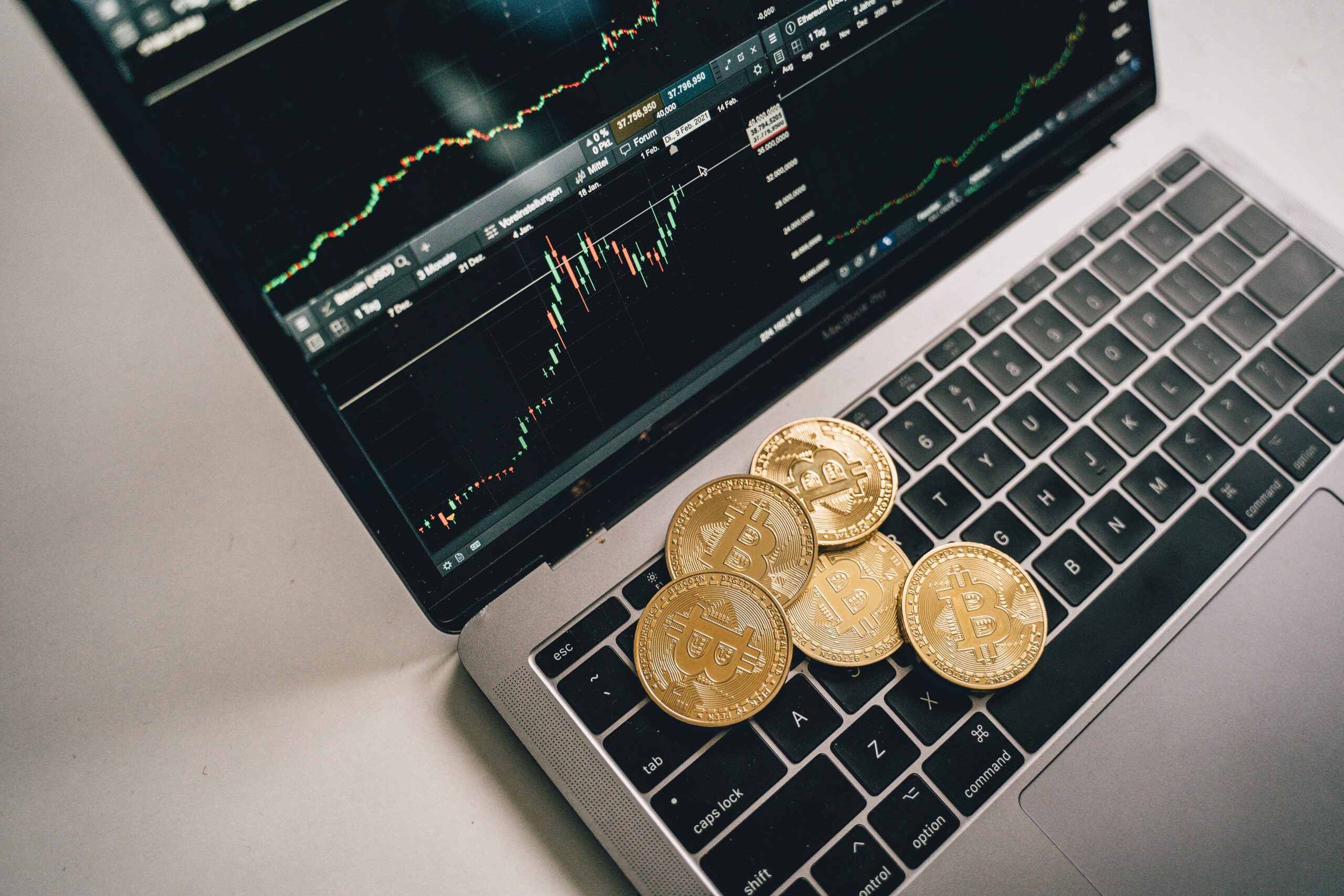Liquidity Mining on Exchanges
Investors use liquidity mining, which is a type of income farming, to make passive income by putting money into pools of decentralized finance. If you choose the right protocols and projects for making money, you can get a steady flow of money.
What is DeFi Liquidity Mining?
...

Investors use liquidity mining, which is a type of income farming, to make passive income by putting money into pools of decentralized finance. If you choose the right protocols and projects for making money, you can get a steady flow of money.
What is DeFi Liquidity Mining?
Liquidity mining means giving tokens to a decentralized exchange so that users can make transactions (this is called supplying liquidity to the protocol). Suppliers are paid money for the work they do. This strategy is often used on exchanges with AMM (automated market maker) pools.
The pool needs liquidity supplies so that users can trade different pairs of tokens with each other. At the same time, it is often possible to deposit both one type of token and two types, but it is best to deposit two types at once.
Liquidity providers are rewarded based on how much they have in a pool and how many transactions are in that pool.
Liquidity pools, and by extension, Liquidity Mining, are a key part of the decentralized finance industry. Almost all DeFi projects are built on top of them.
Step-by-step liquid mining operation
- The liquidity providers, who are often called “LPs,” must add their crypto assets to the liquidity pool.
- The protocol gives the provider a liquidity token in exchange (LP token).
- LP tokens show that an investor has a share in the pool. LP tokens are also often used for other things in the protocol.
- Users are also usually given utility tokens or tokens for platform governance. You can sell, store, or use them however you want.
- When a participant wants to take money out of the pool, he trades LP tokens for the underlying assets on a one-to-one basis and stops getting money from the pool.
Before AMMs (automated market makers) and liquidity pools, decentralized exchanges were much less common because they were slow, hard to use, and had very low liquidity because there weren’t many people using them.
What is a non-permanent loss?
When an investor puts money into liquidity pools, he or she loses money more often than if they just kept the coins.
If the price of the token in the liquidity pool goes down a lot after a deposit or goes up a lot, the user can both make money and lose money. Crypto assets are very volatile, so it is impossible to avoid occasional losses. But while the money is in the pool, losses don’t matter. Money will be lost only when the liquidity is taken out.
You can just wait out a bad time on the market until the price goes back to a good level. But if this doesn’t happen and the situation keeps getting worse, investors will have to pull out their money and lose it.
Liquidity mining vs. Profitable farming vs. Staking
All three of these options are passive ways to make money, like a bank deposit. However, there are some differences between them:
- As we’ve already talked about, liquidity mining is the idea of making money by adding liquidity to decentralized finance pools.
- Profitable farming is a bigger idea that includes both liquidity mining and other things, like investing in credit protocols so that other users can get crypto loans.
- The most ancient of these is staking. It means that validating transactions helps the blockchain network (an alternative to mining is staking). You need to keep a certain amount on your balance to become a validator.
Most of the time, when you stake, not only is the minimum amount set, but so are the terms. For example, your assets will be frozen for a while, and you won’t be able to take them out until after that. The other choices give you a lot more freedom.
The Bottom Line
One of the many ways to make passive income from cryptocurrencies is to mine for liquidity. You can attach tools that aren’t being used right now to the case and make them work. The process is a little bit like putting money in a bank account to earn interest, but the potential profits are much higher. But, as with any investment, it’s important to be careful with these investments, look closely at each project in which money is planned to be put, and not risk money that would be hard to lose.
